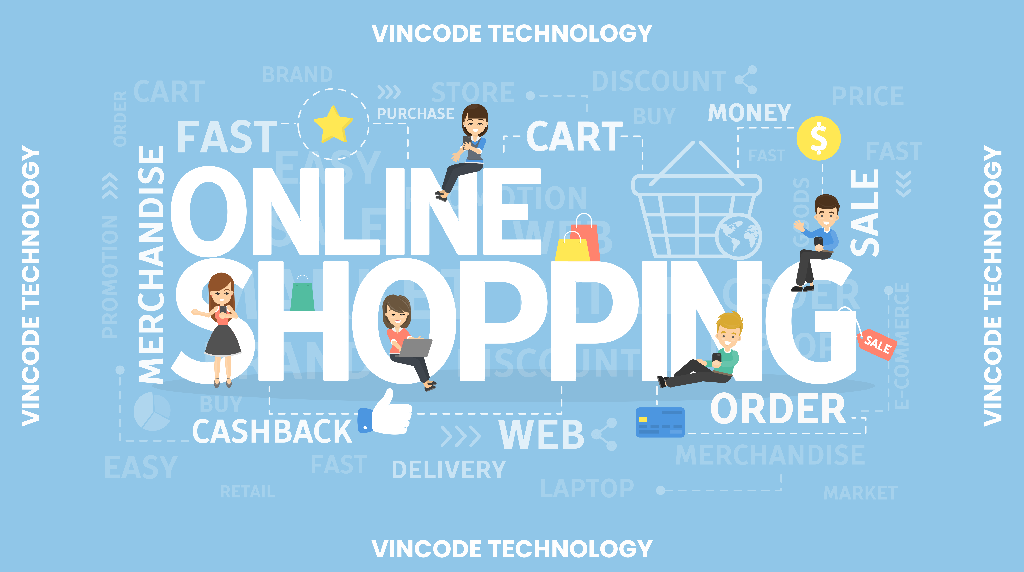E- Commerce

E-commerce, short for electronic commerce, refers to the buying and selling of goods or services using the internet, and the transfer of money and data to execute these transactions. It encompasses a wide range of activities such as online retailing, electronic payments, online auctions, and internet banking.
Key aspects of e-commerce include:
1. Online Retail: The most familiar form where businesses sell products directly to consumers through websites or online marketplaces.
2. Business-to-Business (B2B): Transactions conducted between businesses, such as manufacturers selling to wholesalers or retailers purchasing from suppliers.
3. Business-to-Consumer (B2C): Transactions where businesses sell products or services directly to consumers.
4. Consumer-to-Consumer (C2C): Transactions where consumers sell products or services to other consumers through online platforms or marketplaces.
5. Mobile Commerce (M-commerce): E-commerce transactions conducted via mobile devices like smartphones and tablets.
6. Online Payment Systems: Electronic payment methods and gateways that facilitate secure online transactions, including credit/debit cards, digital wallets (e.g., PayPal), and cryptocurrencies.
7. Digital Marketing: Strategies used to drive traffic to e-commerce websites, increase sales, and enhance customer engagement through SEO, social media marketing, email campaigns, etc.
8. Logistics and Fulfillment: Efficient shipping and delivery processes to ensure timely and reliable delivery of goods to customers.
E-commerce has revolutionized the way businesses operate and consumers shop, offering convenience, a wide selection of products, competitive pricing, and global reach. It continues to evolve with advancements in technology, mobile connectivity, and consumer behavior, shaping the future of retail and commerce worldwide.
Typically, e-commerce follows these steps:
- A business lists its products and services.
- A customer browses the catalog to choose what they want and then adds it to the cart.
- The customer pays for the item using any of the available payment options.
- The business receives the order on its dashboard.
- The payment is processed, and the order is approved.
- An order manager sends the order to the fulfillment department or warehouse to authorize a dispatch.
- The customer receives the notification of order approval and other details, including shipping and tracking information.
- The business ships the product or renders the required service.
Packages
Gold
- Add New Product
- All Products
- In House Products
- Bulk Export
- Bulk Import
- Category
- Brand
- Attribute
- Colors
- Products Reviews
- All Sales Order
- In House Order
- Pick-Up Point Order
- Customers List
- Products Reviews
- Uploaded Files
- Reports
- Web Site Setup
- Setup&Configurations
- Setup&Configurations
Platinum
- Add New Product
- All Products
- In House Products
- Digital Products
- Bulk Import
- Bulk Export
- Category
- Brand
- Attribute
- Colors
- Products Reviews
- All Sales Order
- In House Order
- Pick-Up Point Order
- Customers List
- Uploaded Files
- Reports
- Blog System
- Web Site Setup
- Setup&Configurations
Diamond
- Add New Product
- All Products
- In House Products
- Seller Products
- Digital Products
- Bulk Import
- Bulk Export
- Category
- Brand
- Attribute
- Colors
- Products Reviews
- All Sales Order
- In House Order
- Seller Orders
- Pick-Up Point Order
- Customers List
- All Sellers
- Payouts
- Payout Request
- Seller Commission
- Seller Verification Form
- Uploaded Files
- Reports
- Blog System
- Marketing
- Web Site Setup
- Social Media Logins
- Setup&Configurations
- All Staffs
- Staff Permission